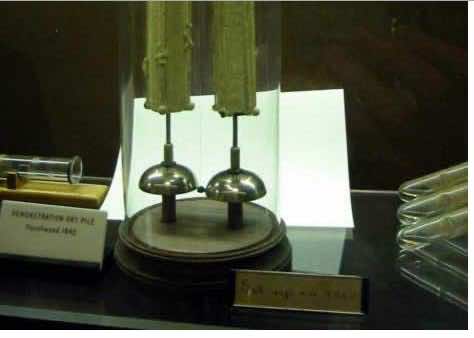Usually, researchers have a pretty good idea about an experiment before conducting it. But, there are numerous occasions when an experiment goes renegade and gives us entirely baffling results. Take this experiment in Oxford University’s Clarendon Laboratory, for example, it started way back in 1840, and it is still going on. Back then, batteries were thought of nothing more than tools to conduct certain electromagnetic experiments. Lightbulbs hadn’t been invented, and the clumsy electric motors had hardly seen a decade of existence. So, when a battery was used to power an experiment at that time, nobody knew it would keep going on for one and three-quarters of a century!

Equally strange is the fact that scientists cannot explain the source behind the system’s seemingly unlimited power source. It was called the Clarendon Dry Pile, and it was used to power the clapper which is the thing that strikes the bell to makes a ringing sound. The exact composition of the dry piles is unknown. 175 years later, the device is still running and is just as baffling to us as it was to the original inventors. During these years, the bell has been constantly ringing, and it was estimated that it has ringed more than 10 billion times. The clapper uses very little energy and as a result, the bell is barely audible to the human ear, but still that energy has to come from somewhere.

The dry pile battery produces very little current, and we don’t know what is so special about the batteries that has kept them powered up for so long. Scientists are refrained from opening and examining it because it might stop the ultimate experiment of all times. Maybe they are being recharged in secret, and we are kept in the dark about it? What is your explanation of this weird scientific phenomenon?


